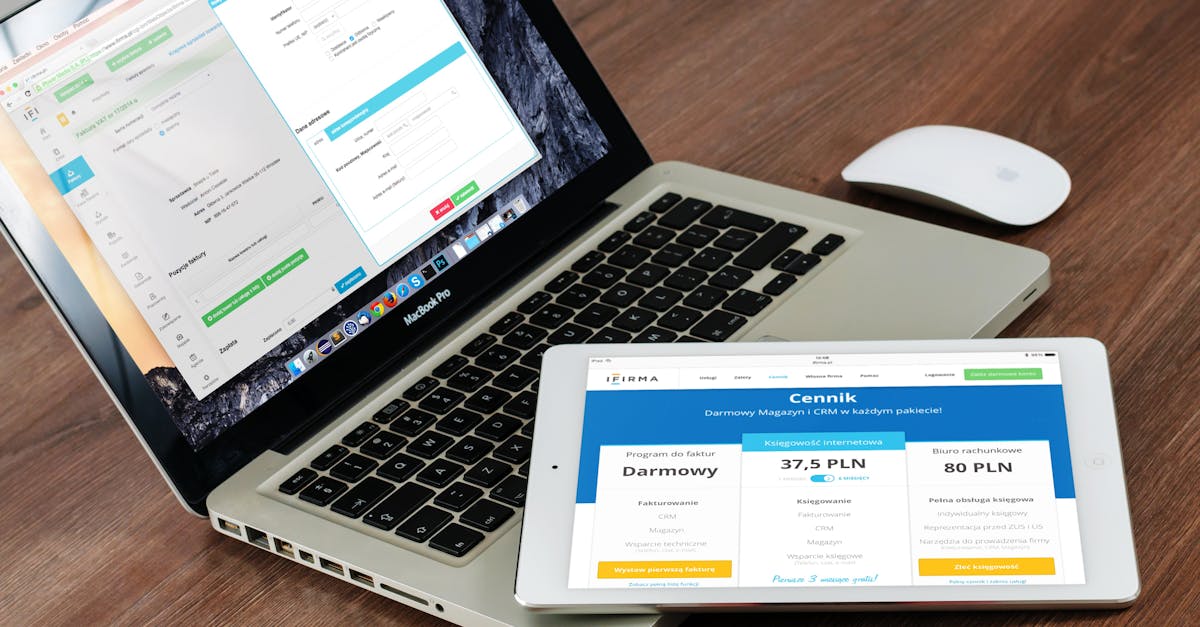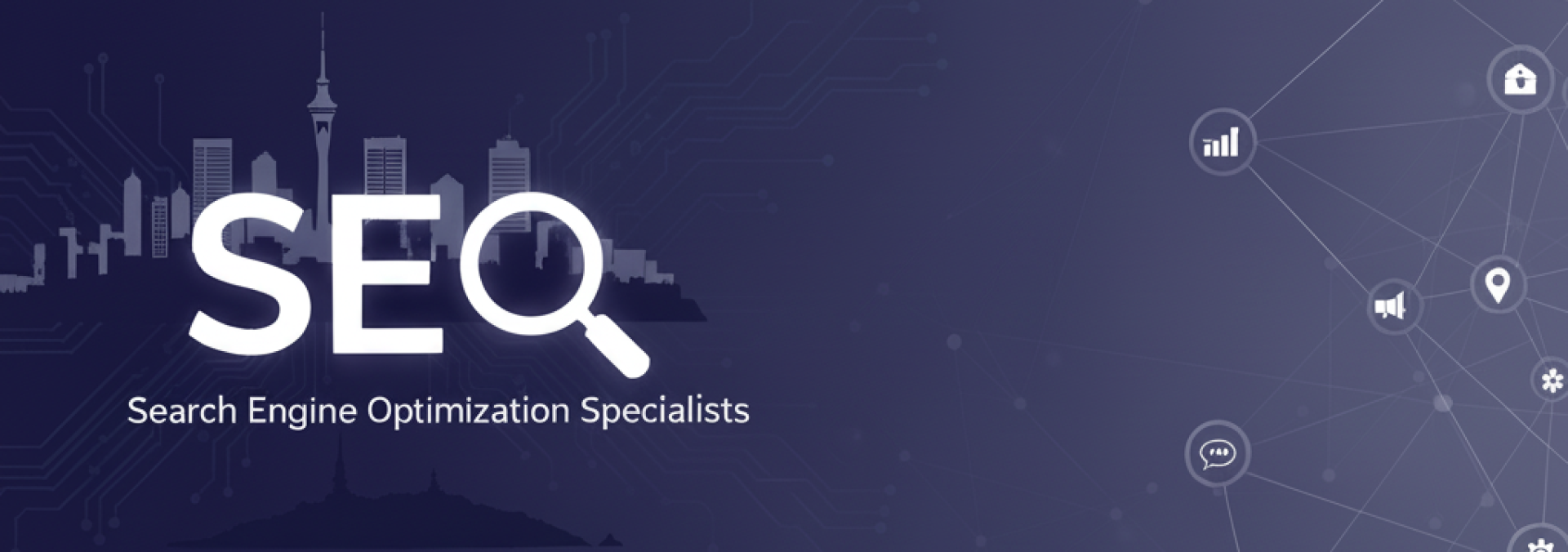
Beyond the Basics: Why Your Digital Identity Needs More Than Just a Domain and Email
You’ve secured your domain name and set up a professional business email. Is your online foundation complete? In today’s saturated digital landscape, these are merely the entry tickets. The real competitive edge lies in building a cohesive and trustworthy digital identity that converts visitors into loyal customers.
The Modern Digital Identity: More Than Just an Address
Think of your digital identity as your storefront in the virtual world. A domain is your street address, and an email is your intercom. But what about the window displays, the welcoming staff, and the secure, well-lit environment? Customers need more than just an address to feel confident entering.
1. The Trust Deficit: Why Credibility is Your Hardest Currency
A professional domain and email are the first steps to credibility, but they are not enough on their own. Modern consumers are savvy; they perform quick background checks. Your digital identity must actively build trust at every touchpoint.
- SSL Certificates: The padlock icon in the browser bar is non-negotiable. It encrypts data and signals that your site is secure, directly impacting user confidence and SEO rankings.
- Professional Web Design: A cluttered, outdated website undermines a professional email signature instantly. Invest in a clean, mobile-responsive design that reflects your brand’s quality.
- Social Proof: Integrate genuine customer testimonials, case studies, and trust badges prominently. These elements act as social validation, reassuring potential clients.
2. The Ecommerce Evolution: Building a Seamless Customer Journey
For ecommerce businesses, the stakes are even higher. Your digital identity is the entire shopping experience, from discovery to delivery. A domain name simply gets them to the door.
- Unified Branding: Ensure your logo, color scheme, and tone of voice are consistent across your website, social media, and email communications. Inconsistency creates confusion and erodes trust.
- Streamlined Checkout: A complex or lengthy checkout process is a primary cause of cart abandonment. Your digital identity includes the ease with which a customer can complete a purchase.
- Post-Purchase Communication: Use your business email for more than just marketing. Send order confirmations, shipping updates, and personalized follow-ups to build a relationship beyond the transaction.
3. The Integration Imperative: Making Your Tools Work Together
A powerful digital identity is an integrated one. Your foundational elements should not exist in silos but work in harmony to create a powerful, automated system.
- CRM Integration: Connect your business email to a Customer Relationship Management (CRM) system. This allows you to track interactions, segment audiences, and personalize communication at scale.
- Marketing Automation: Use your domain and email to power automated welcome sequences, nurture campaigns, and re-engagement efforts. This turns one-time buyers into repeat customers.
- Analytics and Insight: Leverage tools like Google Analytics to understand how people interact with your domain. Use these insights to refine your entire digital strategy continuously.
Your Next Move: From Foundation to Fortress
Starting with a domain name and business email is correct, but stopping there is a critical mistake. Your digital identity is the sum of all interactions a person has with your brand online. It requires ongoing attention, strategic integration, and a relentless focus on building trust. Don’t just build a foundation; build a fortress that competitors cannot penetrate and customers cannot ignore.
Ready to audit your digital identity? Start by reviewing your website’s security, testing your customer journey from start to finish, and ensuring your branding is unified across all platforms. The gap between a basic setup and a compelling digital presence is where your next wave of growth is hiding.
